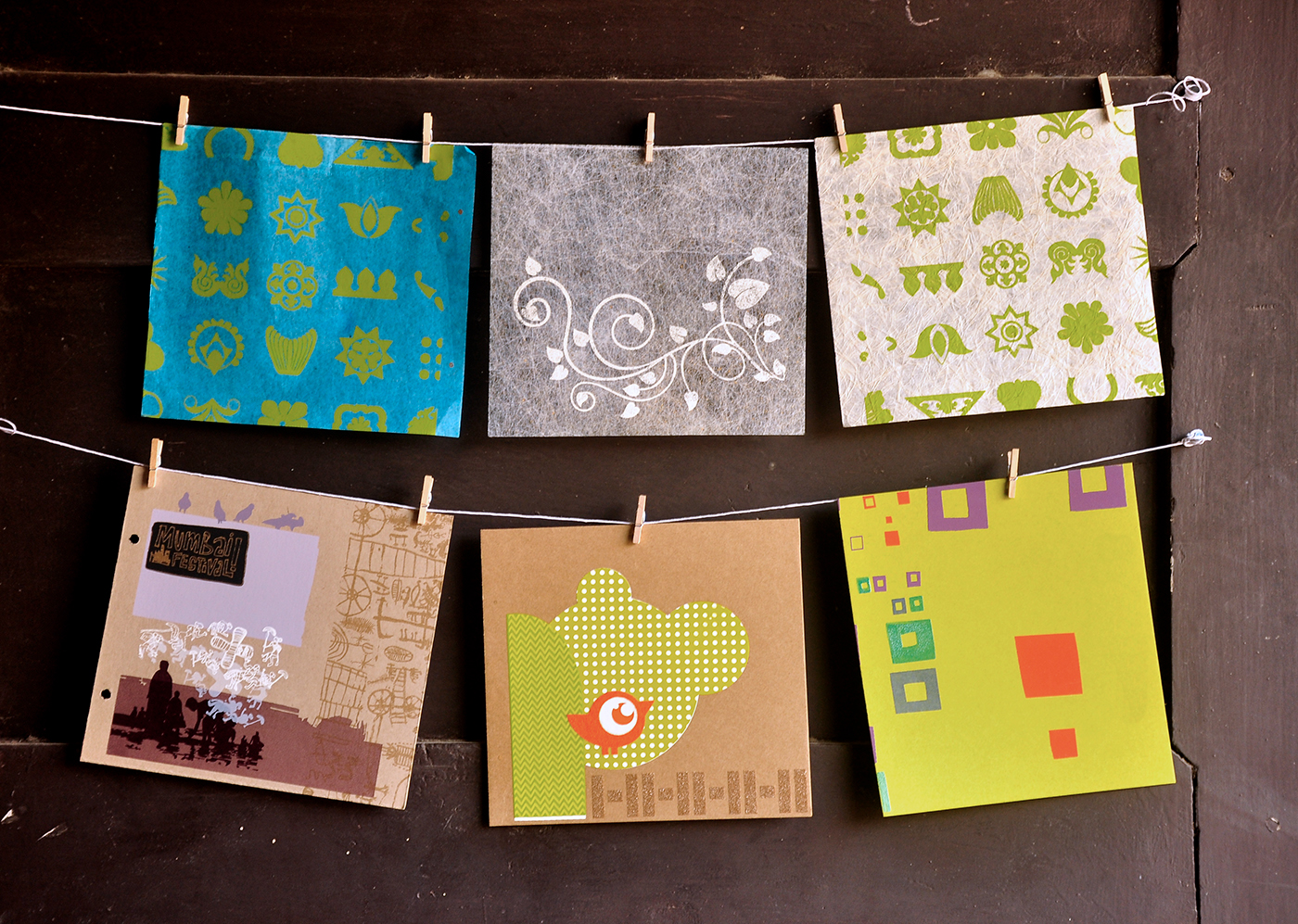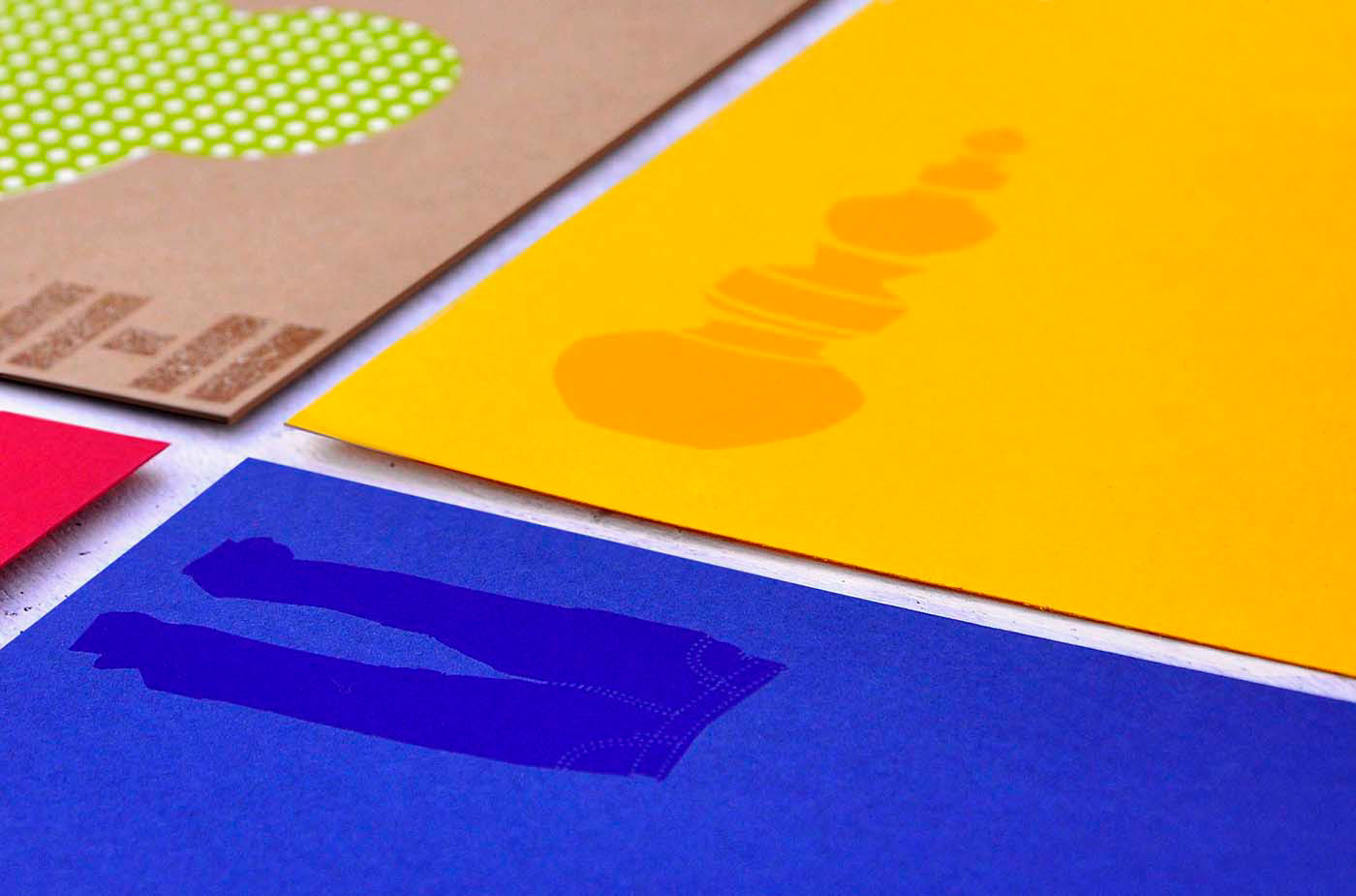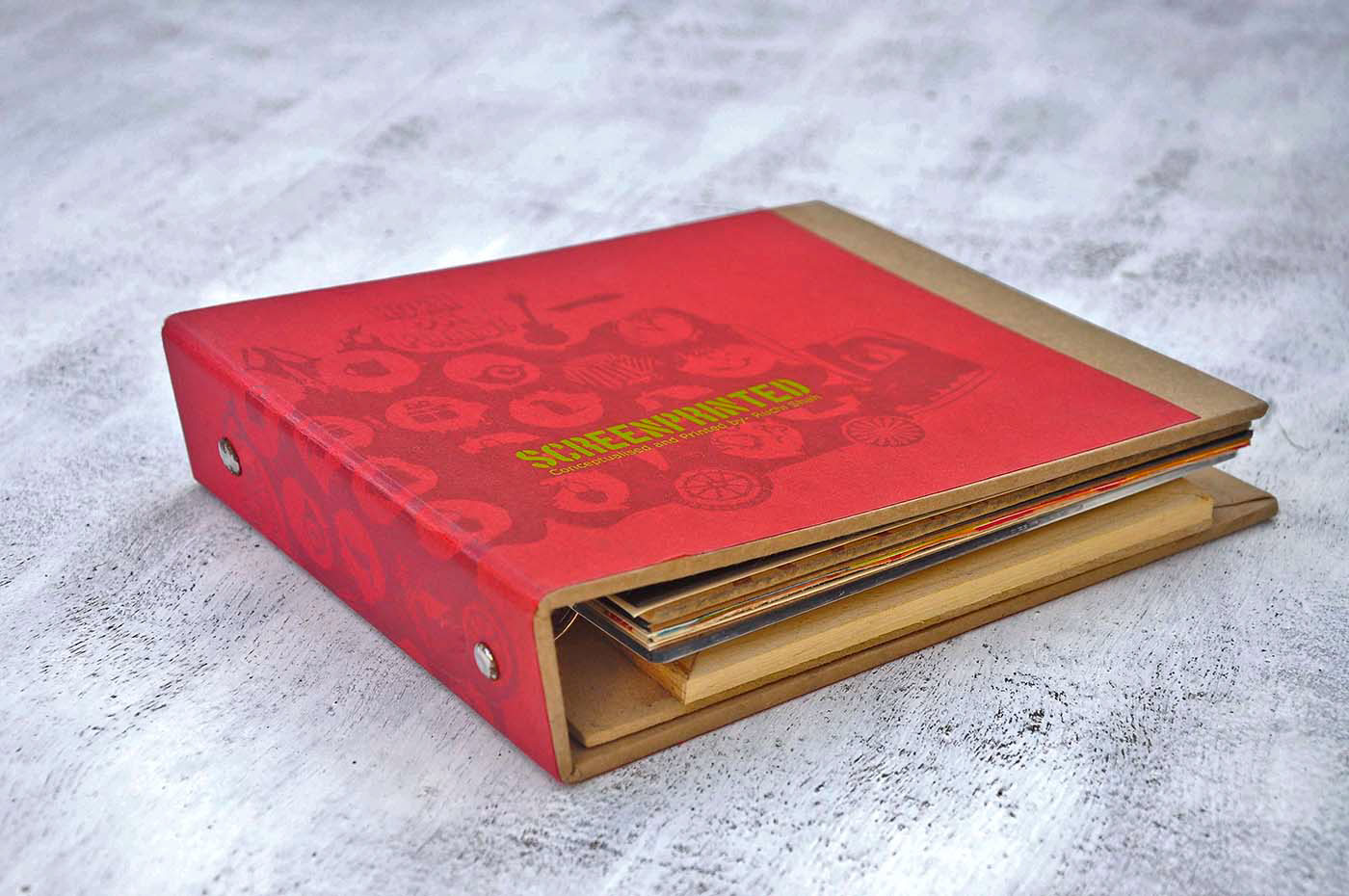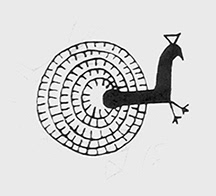Screen printed
Explorations documented as a printed handbook.

I come from a printing family. I have grown up amidst drying screens, whiffs of inks and watching my parents print in the press.
In the 80’s screen printing was still the preferred printing technology in the local market. But over time, its status has been affected due to the advent of digital printing techniques. I have seen the numbers dwindle from a few thousand to a handful
of 30-40 printers operating today in the local printing market at Khadikar Road in Mumbai.
Screen printing is a tremendously immersive technique that requires skilled labour right from separating colours, to exposing screens and precision while printing. Since it involved hand work it could be restricting in numbers but it still brought a certain human element to the process. I thoroughly enjoyed exploring different techniques of screen printing in the press but after
doing some ground work I realised that not all designers are aware of the possibilities.
Layering, Multicoloured printing, Flocking, Raised printing, Self printing were explored on materials varying from wispy rice papers to textured Russian craft papers, transparent acrylic sheets, hand moulded clay tables and fabrics. Drawbacks have
been leveraged into designs that have been explored in the pages of this handbook; where designer practitioners can enjoy
this technique in a new light.
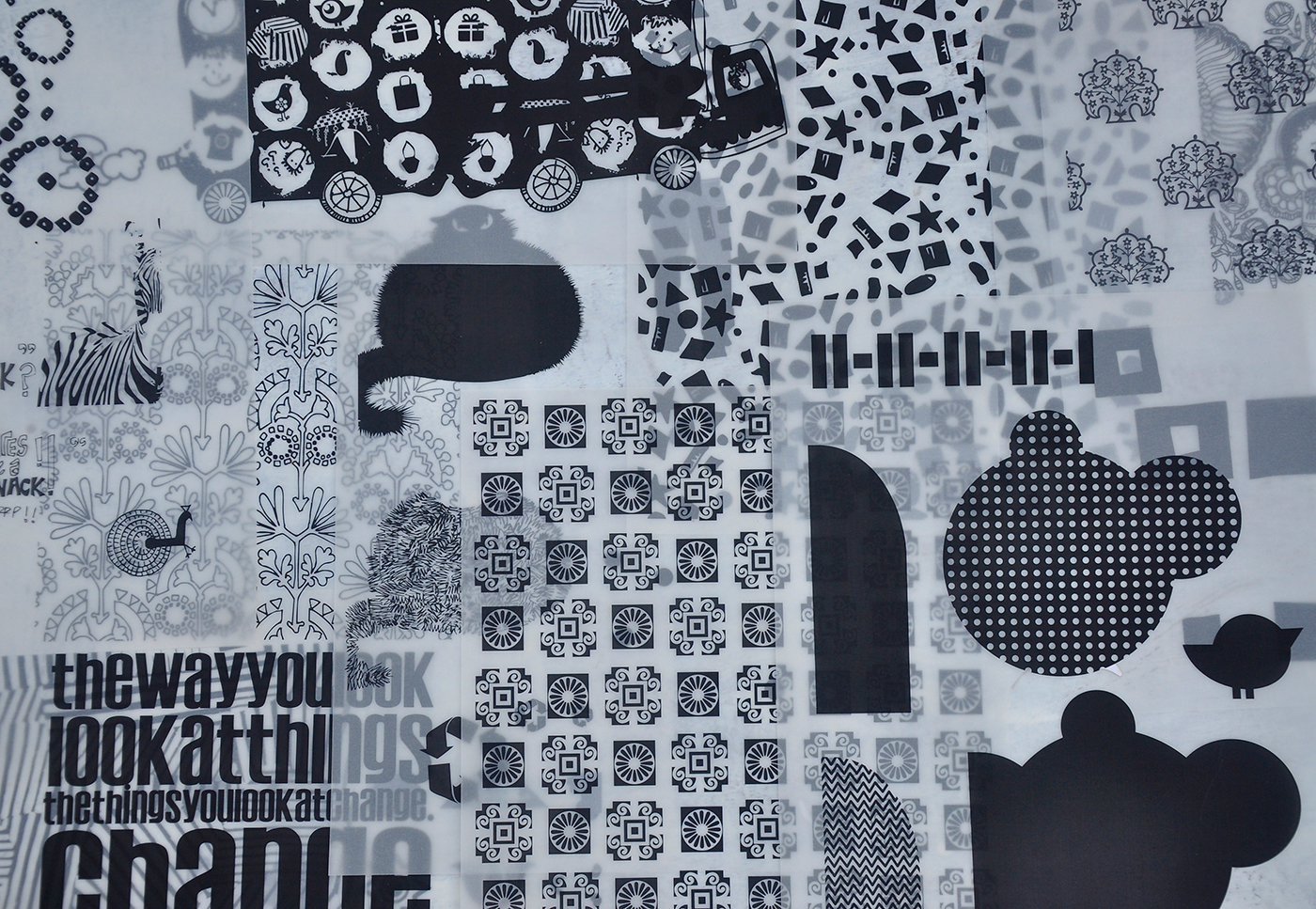
Positives of the designs that have been printed in the handbook.
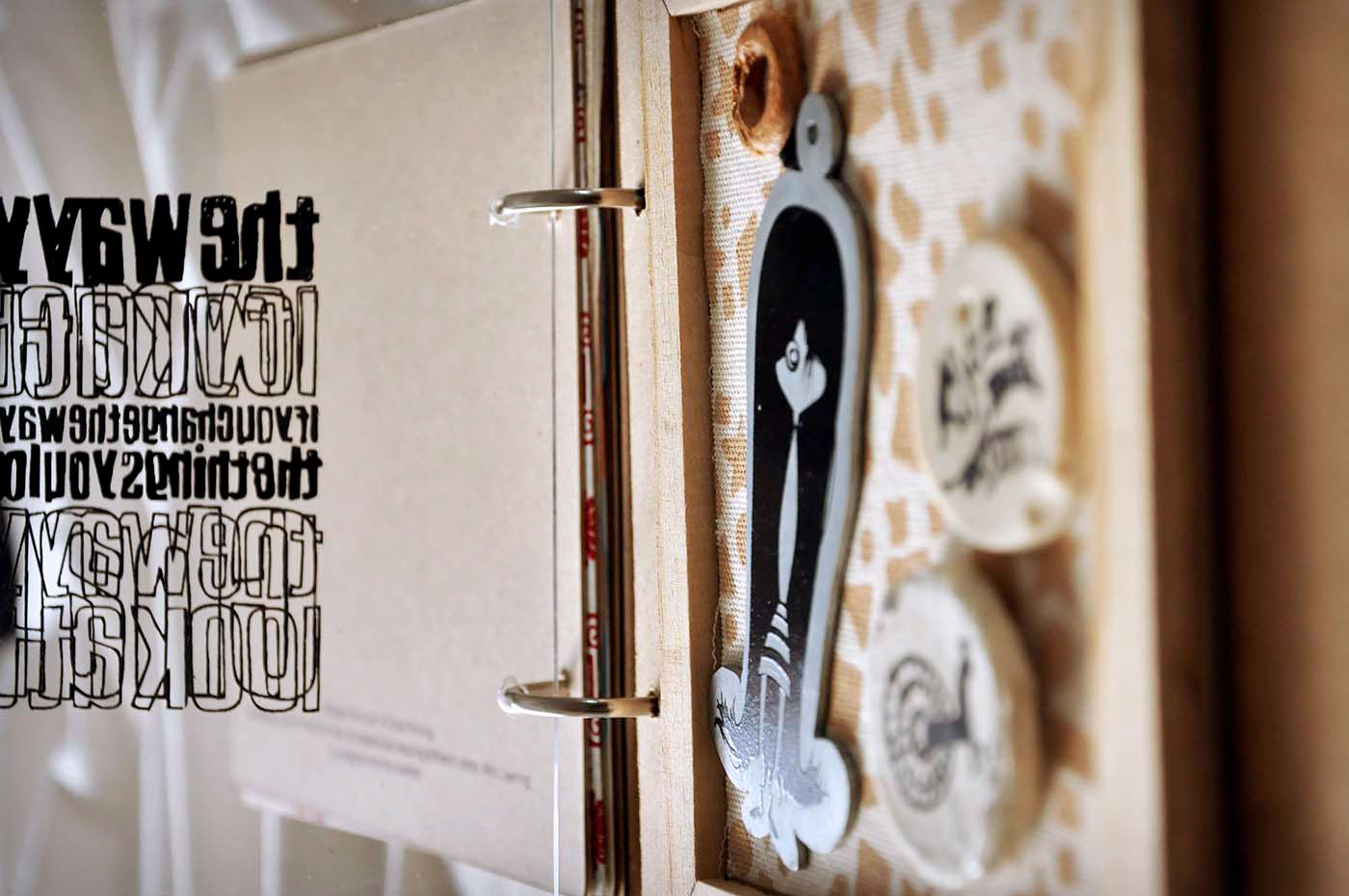
Designs printed on acrylic, fabric, metal and clay tablets.

Handmade papers, rice papers and fibrous papers with intricate Indian patterns printed on them.
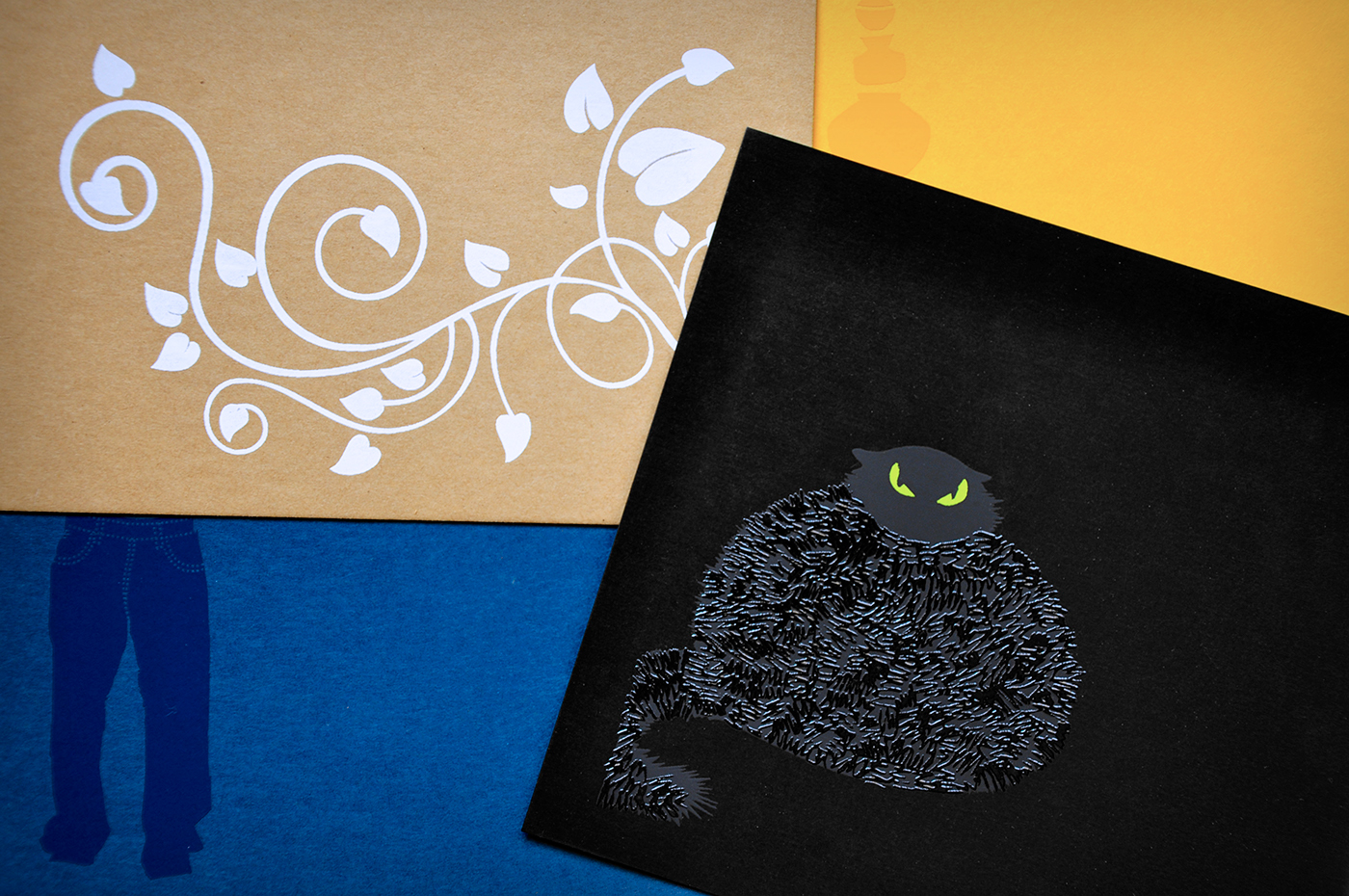
Self - printed handmade pages and a tom cat that has been printed with textures.
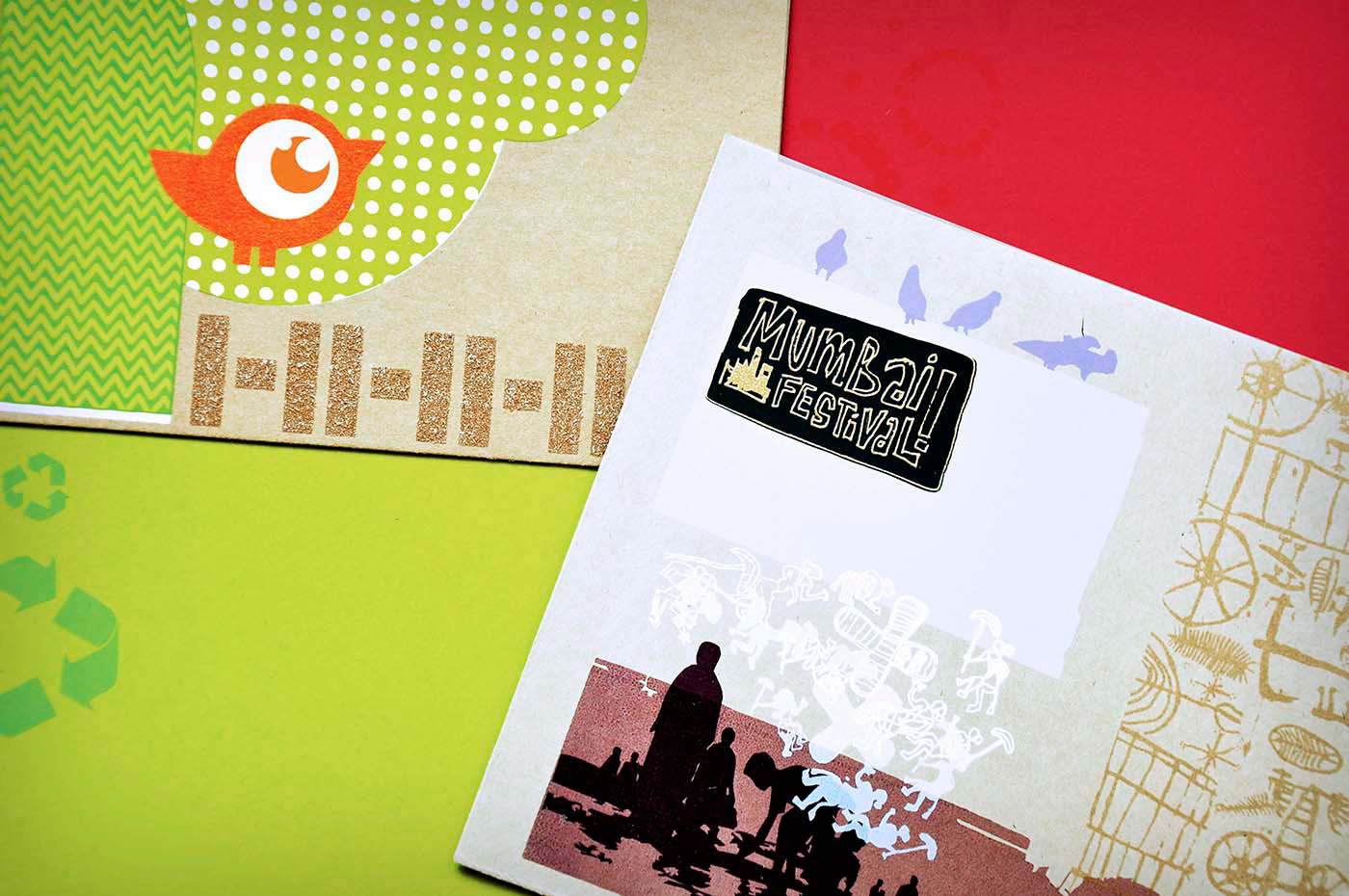
Experiments with flocking - Using powder and screen printing ink as a binder. And an artwork with nine multi-coloured printing.
